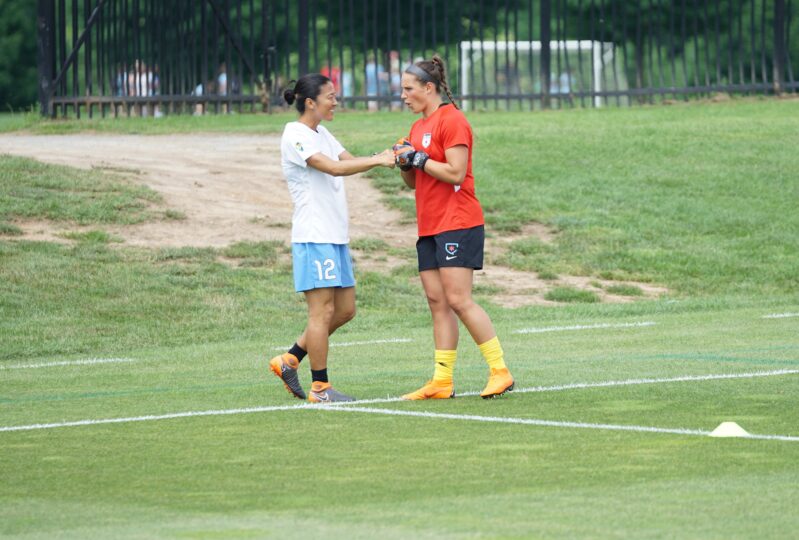Theme 3: RECRUITMENT
Does your sports club need new members, coaches, team leaders, and volunteers? Do you want to increase diversity in your organization? In this section, we provide concrete tips on how to reach out to and recruit children, youth, and family members with immigrant backgrounds into your activities.
The number of people with immigrant backgrounds is steadily increasing in Finland. By including children and young people with immigrant backgrounds in your activities, you not only make a valuable contribution to integration but also take on an important social responsibility as a sports club. You can find more information here about how sports can support integration and the benefits this provides for children and youth.
Recruiting new members with immigrant backgrounds can be approached in many ways. Through the WELLcome project, we have collected valuable experiences and lessons on how to engage children, youth, and their families in the activities of sports clubs. We want to share these insights with you, as this diverse group sometimes risks being an untapped resource. At the same time, we know that diversity not only enriches the club’s activities but also contributes to a more inclusive and dynamic sports environment.
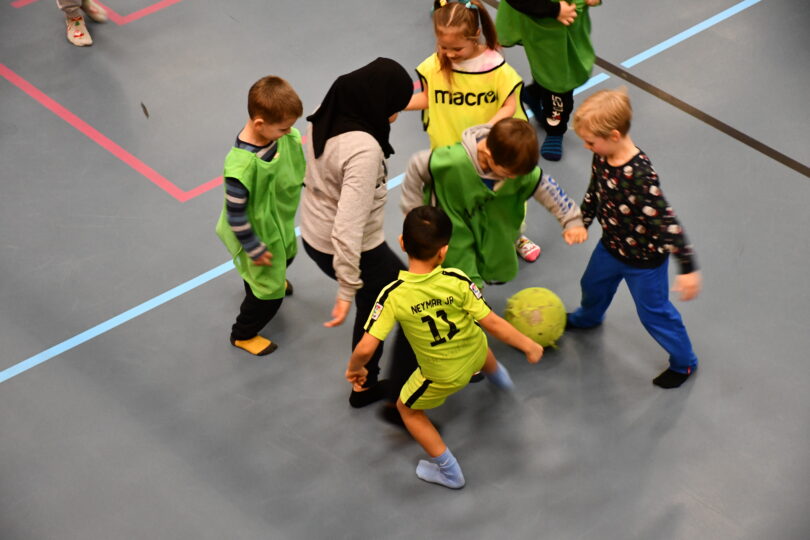
Recruitment of new members
Is Your Club Accessible and Welcoming?
A good starting point is to review your website, communication channels, and the materials you use to promote and inform about your activities. Is the information clear, easy to read, and accessible? Is it available in plain Swedish or other languages? Do your images and photos reflect diversity, or could they be improved so that more people feel welcome in your club? Is the training location easy to find and accessible to everyone?
Even though this might seem like a long list of measures, small changes can make a big difference. By adapting your communication, you can not only promote diversity and improve accessibility but also create a more inclusive environment for everyone in the club. Here are some concrete tips:
- Write concisely and clearly – use simple sentences and avoid complicated terminology.
- Use symbols and visual aids – these can help make the text and message easier to understand.
- Enrich your materials with multicultural images – the WELLcome project recommends using free image banks that offer inclusive photographs.
- To ensure your information is easy to understand, ask for feedback from someone outside the club who is new to your organization. Also, involve the target group in planning – their insights can provide invaluable perspectives on what works best.
With these simple adjustments, you can enhance your club’s accessibility and create a more welcoming atmosphere for everyone!
Organizing “Get to know” Events
Many sports clubs offer children and young people the chance to test activities before becoming members. This is an excellent way to lower the barrier to participation and make it easier to take the first step into the club environment.
Language difficulties, economic challenges, or a lack of understanding about how recreational activities work in Finland can be obstacles for families with immigrant backgrounds to join in. Additionally, it may feel unfamiliar or unsafe for parents to let their child participate in an activity where the leaders and other participants are unknown. Therefore, it is crucial to include families in the process and work to build trust.
The Sateenkaari Koto project ”Sä osaat” (freely translated as ”You Can”) has produced a video and a brochure in eight different languages. These materials can be used to introduce how recreational activities are organized in Finland and highlight the benefits of children and youth having a hobby.
The Guide “Sports Include” a guide for newcomers to Finland who are interested in practicing sports and exercising together with others. It was created by the organization Luckan r.f., the Finlands Svenska Idrott project På samma linje, and the Folkhälsan project Hälsa i mångfald. The guide is available in eight languages. Find the guide here.
Targeting children and youth with immigrant backgrounds and their families through special events can be highly effective. Collaborate with schools that offer preparatory education or other local actors who already have established connections with the target group to attract participants.
Engaging family members and creating a safe and welcoming atmosphere during these events can help lower barriers further and attract new participants to your club. The next section provides additional tips and examples of potential partners to help you reach new audiences.
Whenever possible, promote your event at gatherings organized by your partners. This allows you not only to spread information about the event but also to put a face to your club and activities for potential participants and their families.
Distribute easy-to-understand information that clearly explains the location, time, and purpose of the ”get to know” event. Use a friendly and inclusive tone to create a sense of safety and a welcoming atmosphere. This personal approach can make a big difference in building trust and sparking interest in your event and your club.
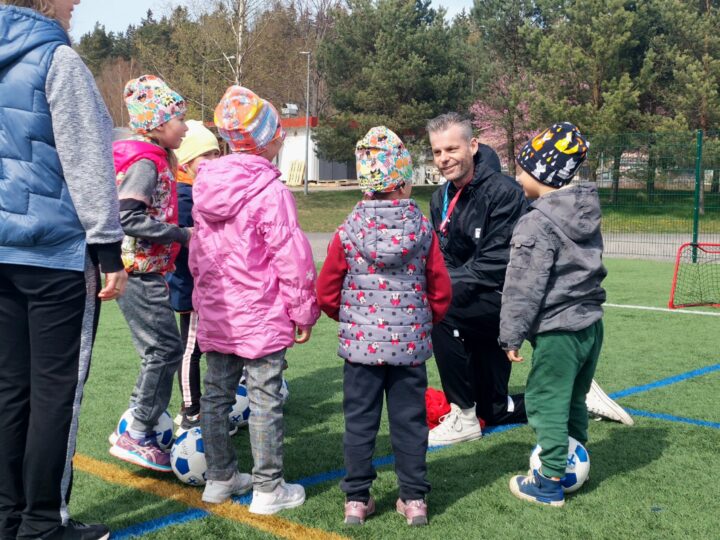
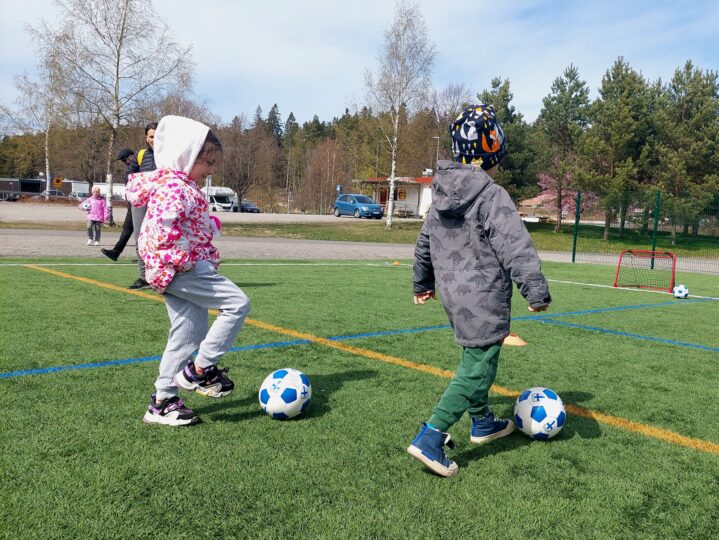
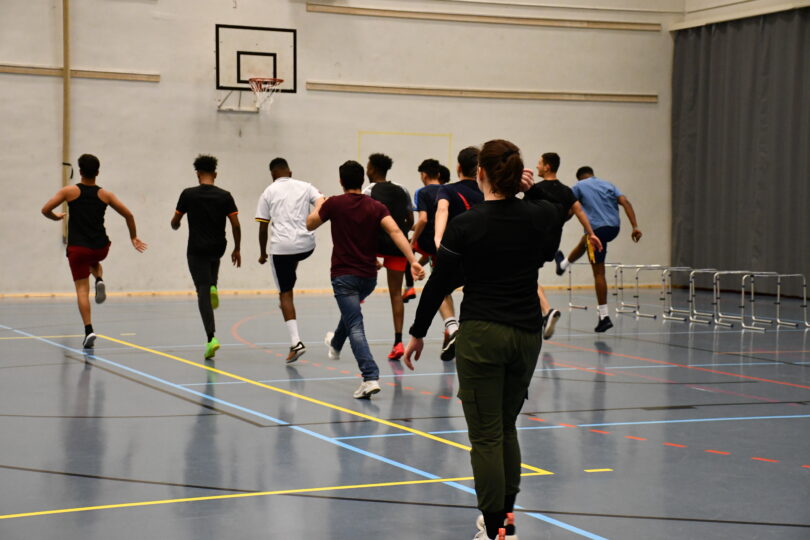
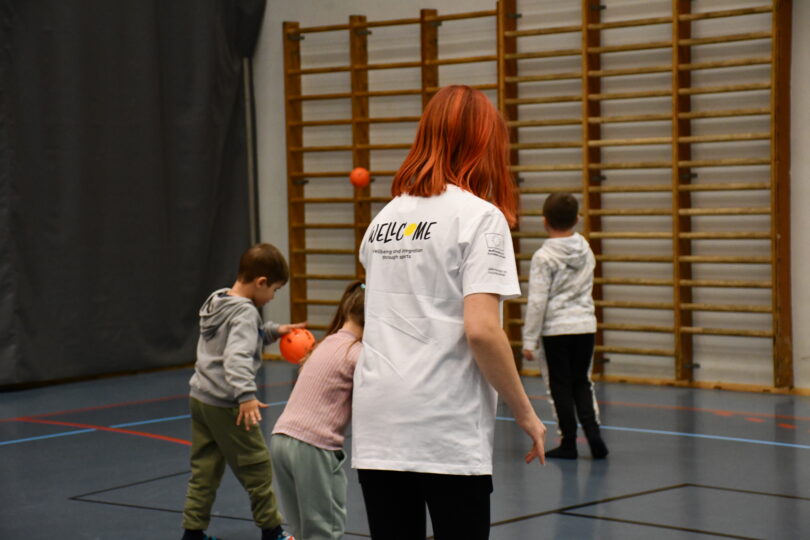
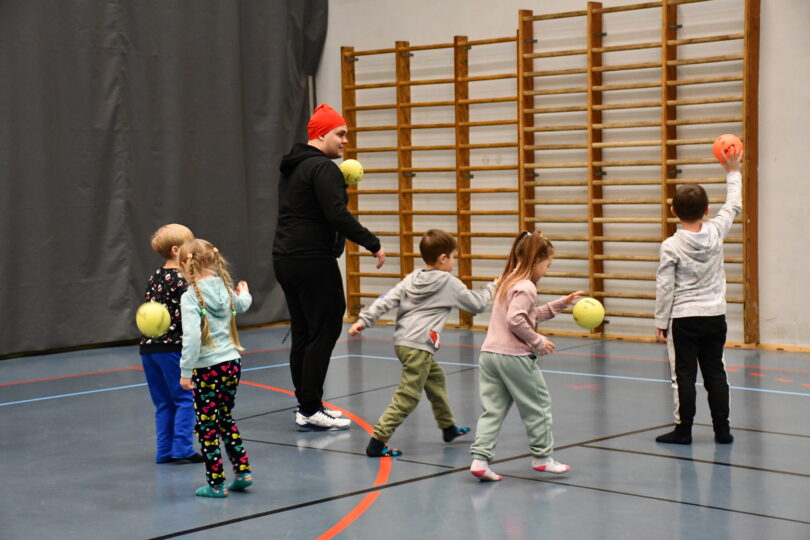
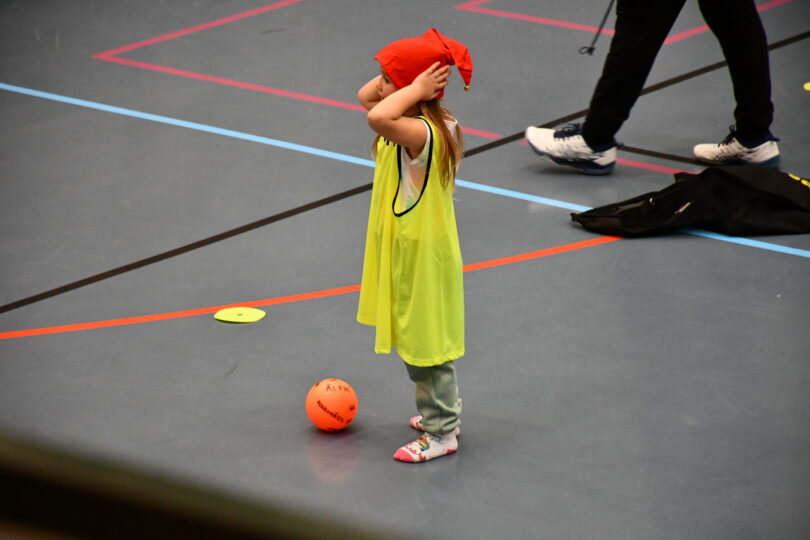

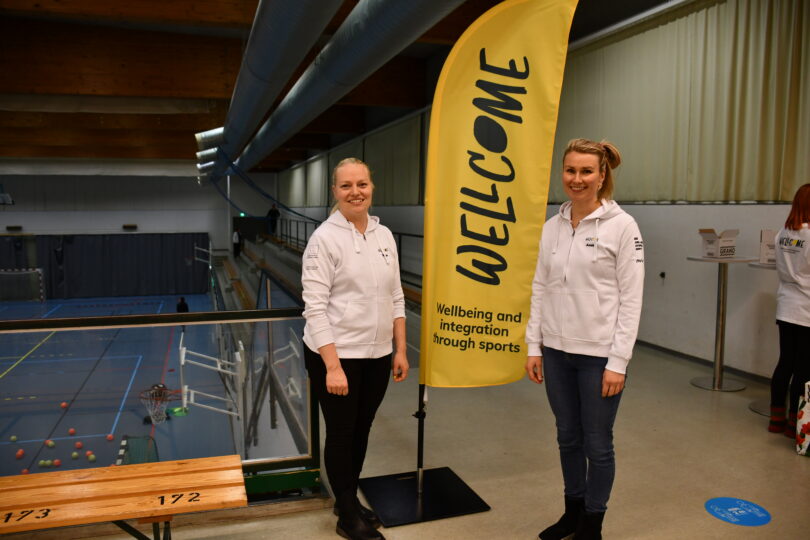
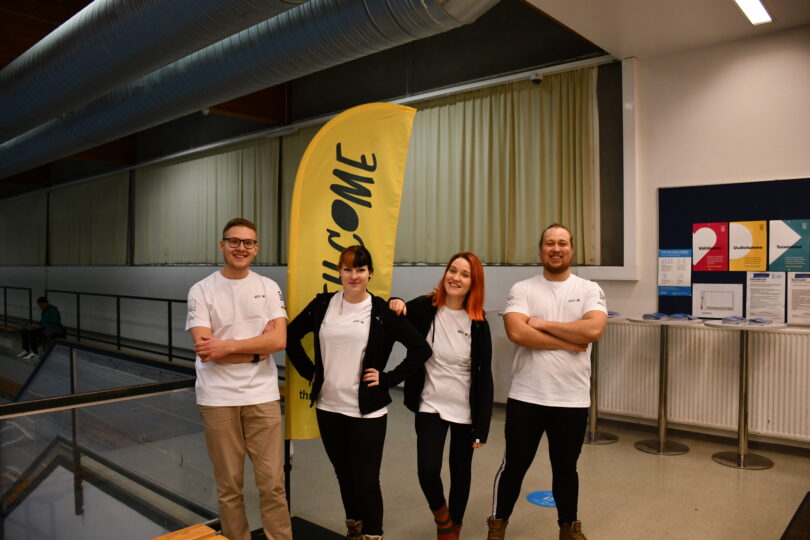
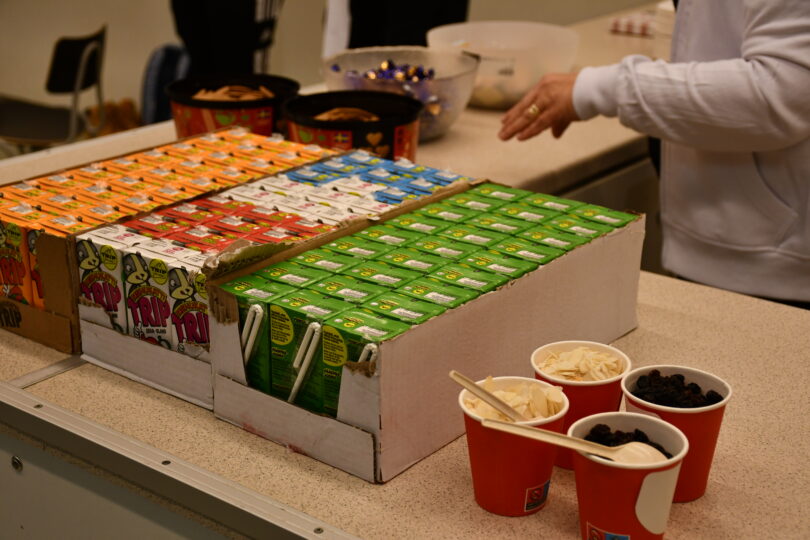

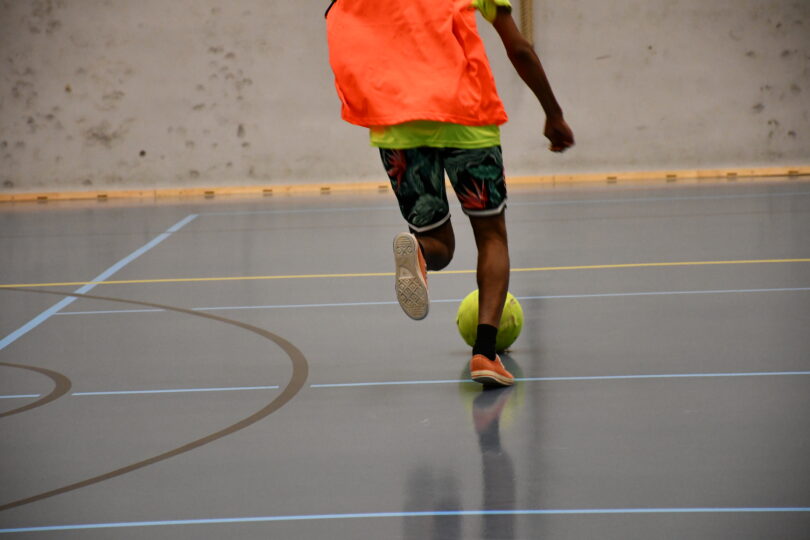
Suggestions for Creating a Welcoming and Inclusive Event
During the event, it is important to keep the format simple and accessible for all participants.
Here are some tips:
- Create an inviting atmosphere by offering small refreshments such as juice and cookies.
- Adapt communication and instructions: Prepare coaches and leaders to use simple words and clear body language. Show concrete examples of exercises and activities to make them easier for participants to understand.
Practical Preparations:
- Information Materials: Prepare materials for parents and children, written in simple and clear text with symbols to reinforce messages. Offer a space where you can go through the materials with parents while children participate in activities.
- Clear Symbols and Signs: Mark functional areas like restrooms with easy-to-understand symbols. Include options for unisex, women, men, and accessible restrooms.
- Clear Directions and Accessibility: Ensure signage is clear and the event is easy to find. Provide information about public transportation and other travel options to make the journey to the venue easier.
Additional Considerations:
- Interpreter Services: If possible, arrange interpreters through partnerships with schools, organizations, or reception centers to facilitate communication.
With these preparations, you can create an event that is both welcoming and inclusive, ensuring all participants feel seen and safe.
Collaborate with Local Partners
Successfully recruiting children and youth with immigrant backgrounds requires a willingness to try new methods and channels. Strengthening collaboration between sports clubs and local organizations working with integration and immigration can be highly effective.
Start by mapping out which associations, organizations, or municipal services in your community have contact with children and youth with immigrant backgrounds. These actors can be invaluable partners in your recruitment efforts.
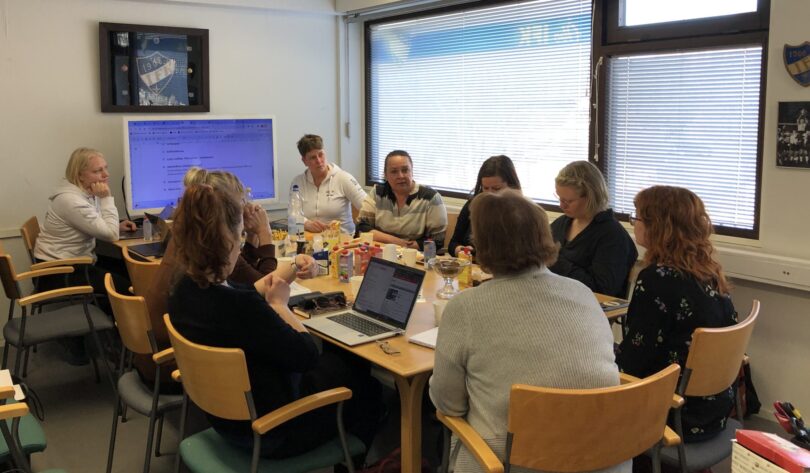
How You Can Collaborate:
- Build relationships with organizations that already have established connections with the target group, such as integration units, language schools, or multicultural associations.
- Organize joint meetings to exchange ideas and plan shared activities that benefit both parties.
- Consider arranging events or activities together with these partners to increase visibility and reach more potential members.
Recruitment of coaches, team leaders and volunteers with immigrant background
The Importance of Diversity in Leadership
By recruiting individuals with immigrant backgrounds, you can both strengthen your organization and contribute to a more inclusive environment. Involving people with diverse backgrounds enriches the association’s activities and brings new perspectives that can benefit members and the development of the organization.
Having coaches and leaders from different backgrounds can make your association more attractive and accessible to a wider audience. Individuals with immigrant backgrounds can contribute with their potential expertise in specific sports, language skills, cultural competence, and new ideas, which can facilitate communication with children, youth, and their families.
How to Reach Potential Leaders and Volunteers
- Collaborate with Local Organizations: Build relationships with groups and networks working on integration, such as reception centers, language schools, and multicultural associations. These actors can help you reach individuals who might not otherwise consider getting involved in sports activities.
- Promote Opportunities: Share information about available roles such as coach, team leader, or volunteer in multiple languages and through channels where the target group is present, like libraries, integration centers, or community events.
- Offer Support and Introduction: Many newcomers to associations might feel unsure about what is expected of them. Provide introductory training and mentorship to help new volunteers feel confident in their roles.
Build Trust and Long-Term Relationships
Successful recruitment is about more than just filling roles – it’s about creating a welcoming environment where everyone feels valued. By appreciating diversity and supporting new members, you can attract and retain committed leaders and volunteers. An inclusive approach strengthens both the organization and contributes to a sustainable sports culture.
When recruiting individuals with immigrant backgrounds, it’s essential to offer them security and support in their roles. Here are some key points to ensure successful recruitment and to support new leaders:
Ensure Competence and Provide Basic Information
It’s crucial to equip new coaches and volunteers with the tools to feel confident and secure in their assignments. Offer training and resources to ensure everyone feels competent in their roles. Check what training is available through your sports federation, regional sports organization, or municipality. Civic organizations and community colleges may also offer relevant training that supports the required skills. This can help build stronger, more self-assured leadership.
Additionally, provide information about the board’s procedures and routines (such as decision-making and meetings).
Flexibility in Assignments
Consider that many new leaders may be unsure about how long they can commit to the organization. Offer opportunities to agree on shorter timeframes for assignments to make it easier for them to take on responsibilities. It’s important to be flexible and attentive to varying needs and circumstances. Provide support and assistance to foster long-term engagement.
Support and Safety
It’s essential to create a system where new leaders and volunteers know they have someone to turn to if difficulties arise. Having a support person within the association can be critical to ensuring a safe working environment. Ensure you have a clear process for handling harassment or issues and make this known to all members.
Collaboration with Other Organizations
To find new coaches, team leaders, and volunteers, collaborate with other sectors and associations already working with integration and diversity. Community colleges, civil service, and other non-profit organizations can serve as excellent channels for finding people interested in volunteering. Remember to approach individuals who might not typically be asked. Through collaboration and network expansion, you can discover new resources and energy for the association.
Do you want subtitles in English for the video?
- Click on the ”Watch on YouTube” icon in the top left corner.
- Click on the ”Settings” gear icon in the bottom right corner.
- Select your preferred language and then click on the ”Subtitles/Closed Captions” icon on the left.
Create a Positive and Inclusive Culture
To recruit and retain volunteers, it’s vital to foster a welcoming culture where everyone feels appreciated. This includes clarifying the association’s values, providing support and feedback, and encouraging participation. By building trust and empowering new leaders, their commitment strengthens, and the association becomes more inclusive. Proactive efforts in these areas create a safe environment that reinforces the association and contributes to a sustainable sports culture.
Experiences from the WELLcome Project
The WELLcome project brought together sports clubs and actors promoting integration. For instance, our pilot club, Åbo IFK, collaborated with the Finnish Red Cross reception center in Åbo. Together with Åbo IFK, we organized two “get to know” events that created a safe and low-barrier environment for new participants.
We also organized a networking meeting between Åbo IFK and various multicultural organizations in Åbo to explore new ways of recruiting members. Representatives from several non-sports organizations participated in the meeting. Read more about it in the blog post The WELLcome Project Promotes Integration Work in Åbo.
This networking meeting led to a try-it-out event and strengthened collaboration between Åbo IFK and these organizations. Partnerships with schools, in particular, proved to be very fruitful and effective.


